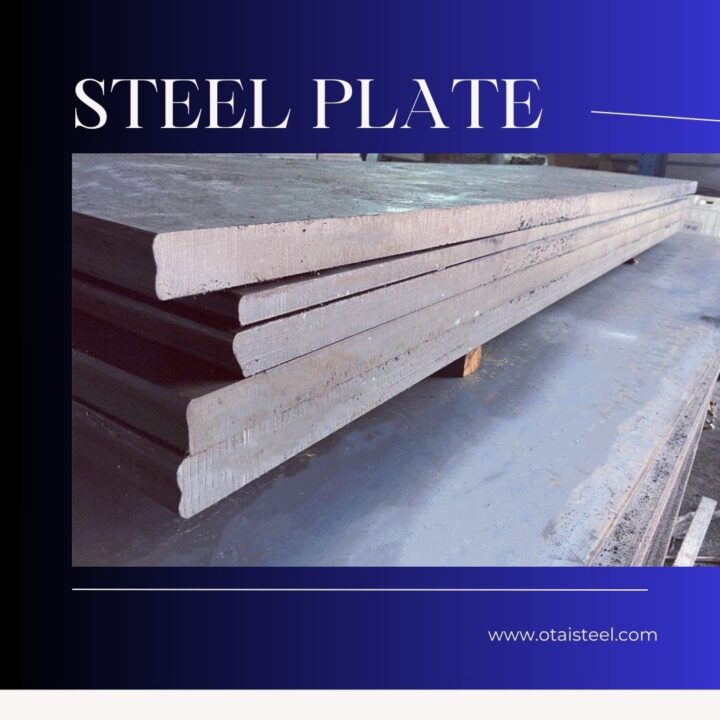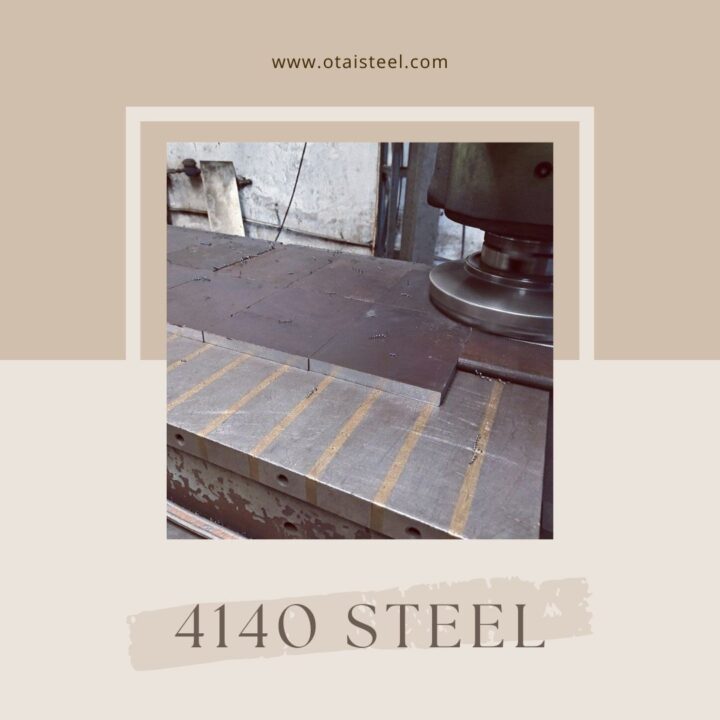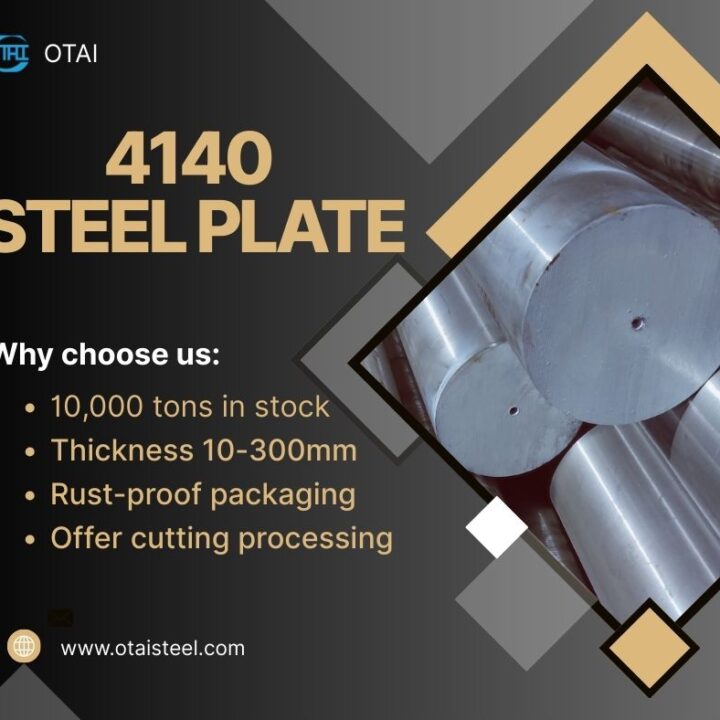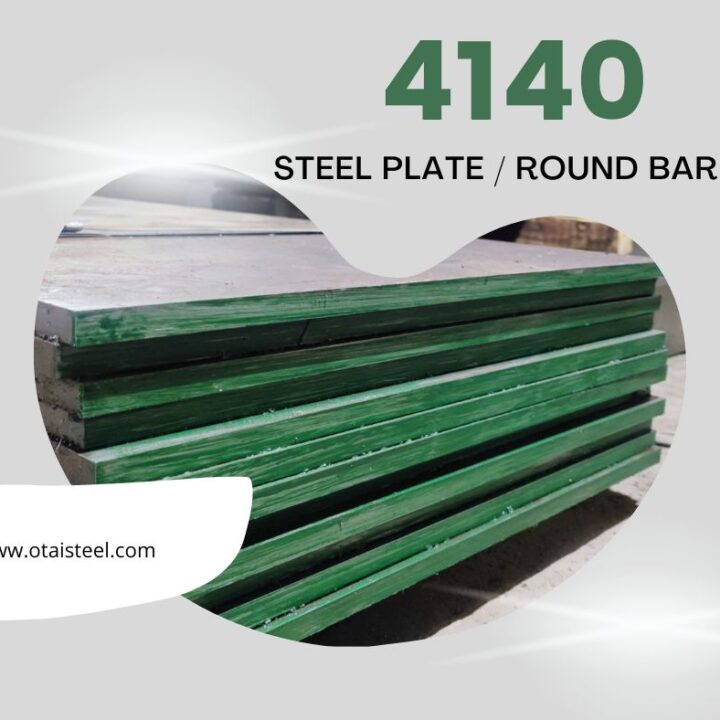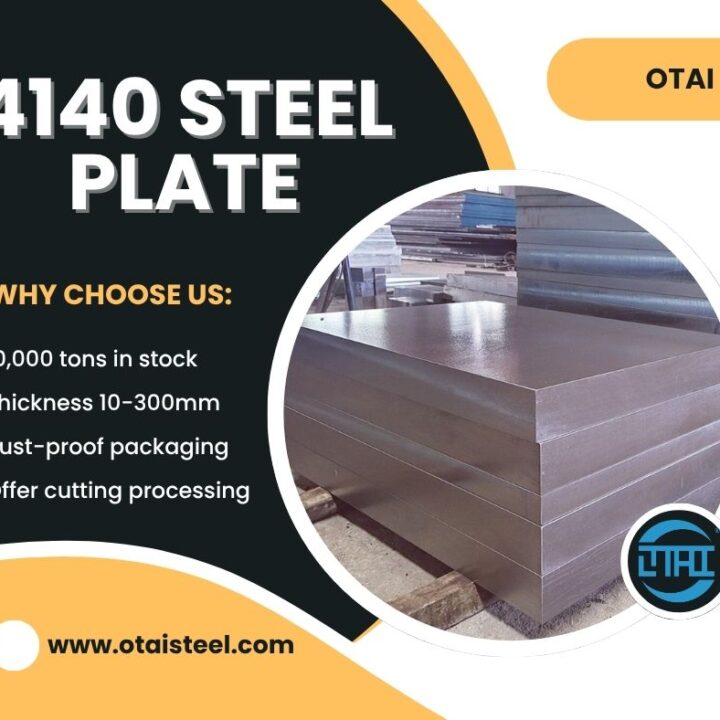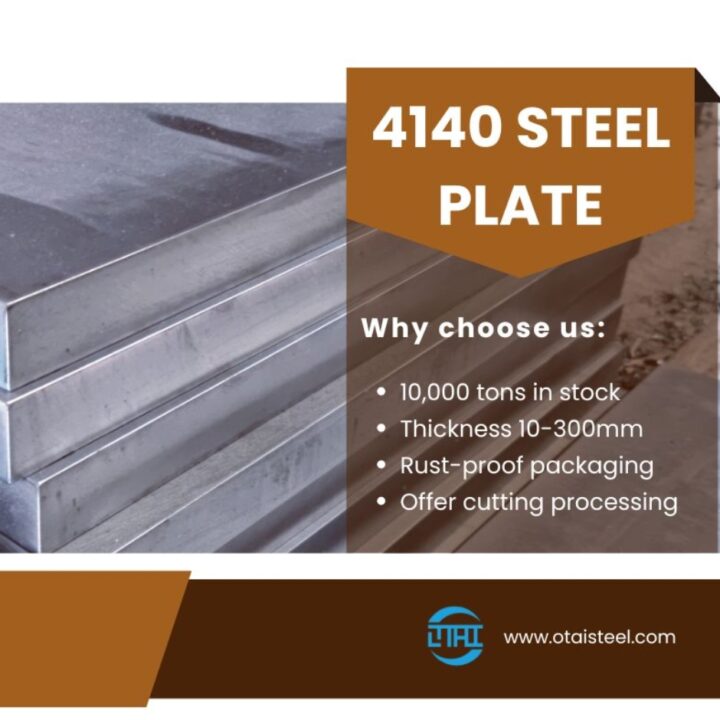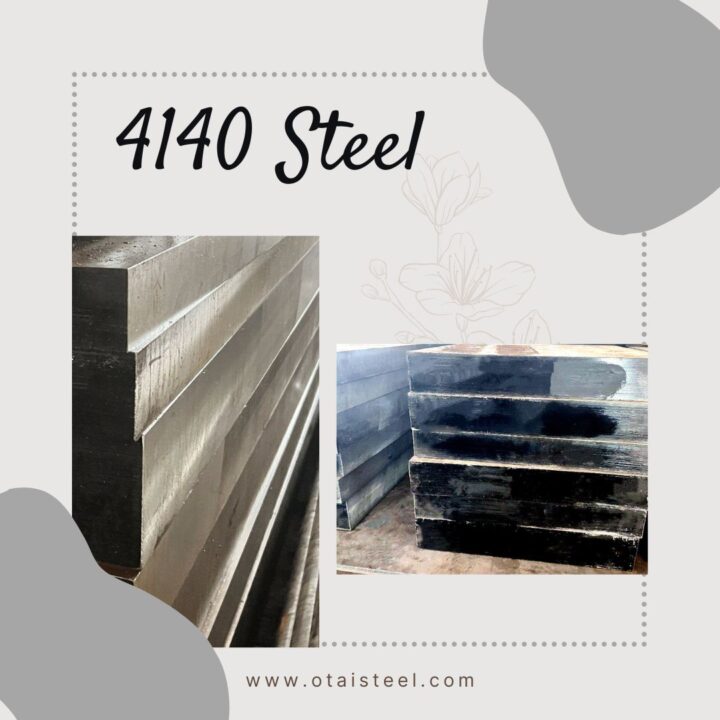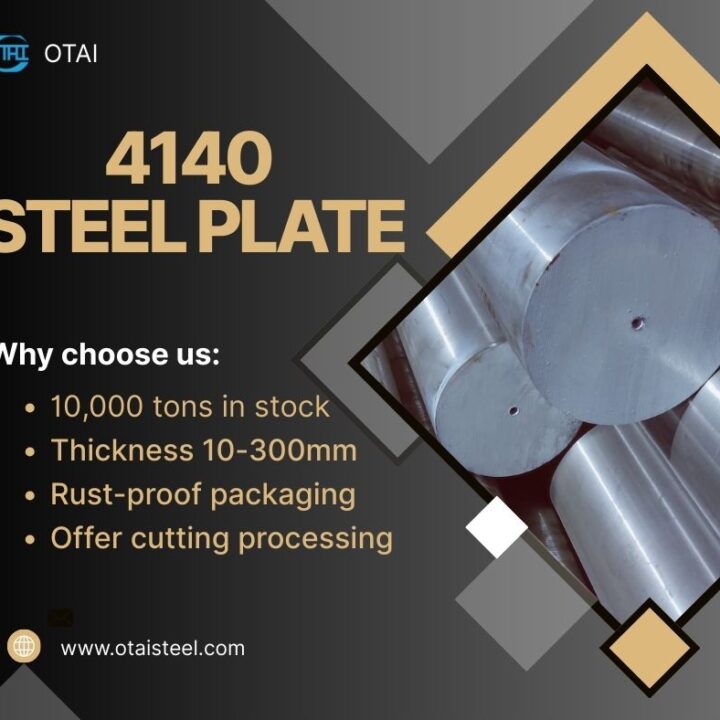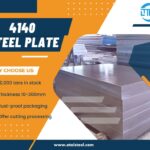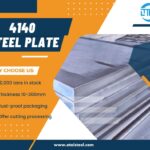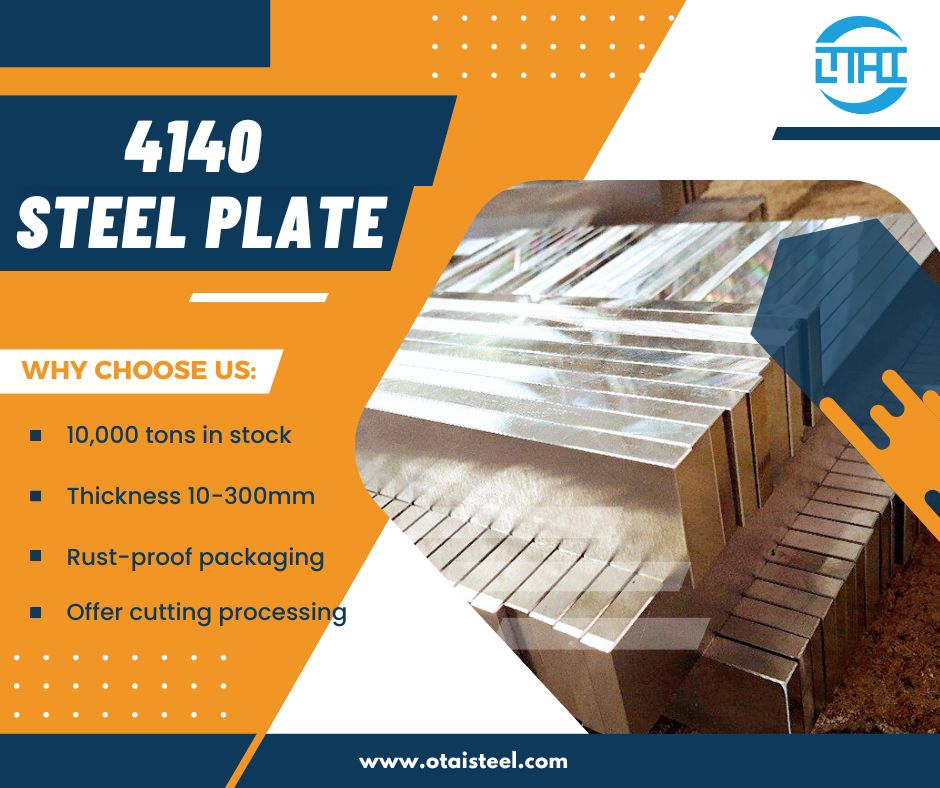 4140 Steel vs 42CrMo: Which Steel Is the Best Choice for Your Project?
4140 Steel vs 42CrMo: Which Steel Is the Best Choice for Your Project?
Introduction: Choosing Between 4140 and 42CrMo Steel
When you’re deciding between 4140 steel and 42CrMo steel, you’re not alone in facing this challenge. Both materials are commonly used in a wide range of applications, but understanding their differences can save you time, money, and avoid future performance issues.
In this article, we’ll compare the mechanical properties, applications, cost-effectiveness, and heat treatment methods of these two steels, helping you make the best decision for your project needs.
Mechanical Properties Comparison: 4140 Steel vs 42CrMo
When selecting the right steel for your project, understanding the mechanical properties is crucial. Let’s break down the key features of 4140 steel and 42CrMo steel:
| Property | 4140 Steel | 42CrMo Steel |
|---|---|---|
| Tensile Strength | 850 – 1000 MPa | 950 – 1100 MPa |
| Yield Strength | ~655 MPa | ~830 MPa |
| Hardness (HRC) | 28 – 32 | 30 – 35 |
| Elongation | ~25% | ~18% |
| Fatigue Resistance | Moderate | High |
As seen in the table, 42CrMo steel typically offers higher tensile strength, yield strength, and fatigue resistance compared to 4140 steel. This makes it a more suitable option for heavy-duty applications requiring long-term stress resistance.
Which One Performs Better Under Stress?
For heavy-load or high-stress applications like gears, shafts, and other critical components, fatigue resistance becomes crucial. In these cases, 42CrMo steel is the clear winner. Its high chromium content helps it maintain structural integrity under repetitive stress, making it ideal for demanding industries like automotive, aerospace, and machinery manufacturing.
Let’s take a real-world example. A client in the automotive industry needed steel for high-performance engine parts. Initially, they used 4140 steel but experienced premature wear and failure due to the high stress levels involved. After switching to 42CrMo, their issues were resolved, leading to improved performance and longer service life for their components.
However, if your project doesn’t involve such extreme conditions, 4140 steel may still be a solid option, offering enough strength for general machinery parts without the need for extra cost.
Machinability and Heat Treatment: Key Differences
In terms of machinability and heat treatment, 4140 steel is much easier to work with compared to 42CrMo steel.
- 4140 Steel: It is widely known for its ease of machining, making it a go-to material for shops without highly specialized equipment. It is commonly available in various heat-treated forms, including annealed, quenched, and tempered (QT), and can also undergo processes like nitriding for additional surface hardening.
- 42CrMo Steel: This steel requires more precision during machining due to its higher hardness levels. It can be more challenging to cut and shape, which means it’s better suited for projects where precision and strength are paramount. Heat treatment for 42CrMo typically involves carburizing or hardening, allowing it to achieve deeper case hardening for enhanced surface toughness.
Here’s a quick overview:
| Feature | 4140 Steel | 42CrMo Steel |
|---|---|---|
| Machinability | Easy | Moderate to Difficult |
| Heat Treatment | Annealed, QT, Nitrided | Carburized, Hardened |
| Tool Wear | Low | High |
If you need to machine parts in small batches or with standard equipment, 4140 might be your best choice. However, if your application requires precision components and you have the tools for it, 42CrMo will provide superior performance.
Use Case Scenarios: Where Each Steel Shines
The following table compares some of the most common applications of 4140 steel and 42CrMo steel across different industries:
| Industry | 4140 Applications | 42CrMo Applications |
|---|---|---|
| Automotive | Drive shafts, axles, spindles | High-performance gears, racing engine parts |
| Aerospace | Brackets, fixtures, base plates | Helicopter gears, aircraft engine parts |
| Oil & Gas | Drilling collars, tools | Downhole gear components, valve bodies |
| Industrial Machinery | Mold bases, lifting arms | Precision planetary gears |
| Defense | Gun components, mounts | Advanced gear drives, ballistic systems |
If you’re making parts for general industrial use, 4140 will work well for cost-effective, reliable solutions. For mission-critical applications where extreme strength, fatigue resistance, and toughness are essential, 42CrMo is the better choice.
Can 4140 Replace 42CrMo?
In certain applications, 4140 steel can replace 42CrMo steel—but only when the component’s strength and fatigue life aren’t mission-critical. For example, we’ve helped a client replace 42CrMo with 4140 for hydraulic cylinders, resulting in significant cost savings.
However, for industries like aerospace, automotive racing, or military-grade applications, using 42CrMo is a must for ensuring long-term durability and performance.
Why Choose Otai Steel for Your 4140 and 42CrMo Supply?
At Otai Special Steel, we offer a wide selection of both 4140 and 42CrMo steel to meet your needs. Here’s why top global companies trust us:
- Large inventory: Over 10,000 tons of stock, with sizes from 6mm to 300mm
- Custom sizes: We can cut steel to your exact specifications and provide precise tolerances
- Quality assurance: All materials are tested with UT (ultrasonic testing) and chemical composition analysis
- Quick shipping: We offer fast delivery worldwide, with options for urgent requests
- Professional support: We provide technical support for any post-purchase issues or questions
With more than 25 years of experience, Otai Special Steel is your trusted partner in supplying high-quality 4140 and 42CrMo steel.
FAQs: 4140 Steel vs 42CrMo – Your Questions Answered
- Can I use 4140 steel instead of 42CrMo for high-performance engine parts?
If the parts are subject to high stress and fatigue, 42CrMo is the better choice. 4140 may not provide the durability needed for such applications. - Is 42CrMo more expensive than 4140 steel?
Yes, 42CrMo is generally more expensive due to its enhanced mechanical properties and harder heat treatment process. - Which steel is easier to machine, 4140 or 42CrMo?
4140 steel is much easier to machine, making it the go-to choice for most machine shops. - Can Otai Steel supply custom sizes for both 4140 and 42CrMo?
Yes, we offer cut-to-size services to match your specific requirements and tolerances. - How quickly can I get my steel order shipped?
We can ship in-stock items within 3-5 days, ensuring that your project stays on schedule.
